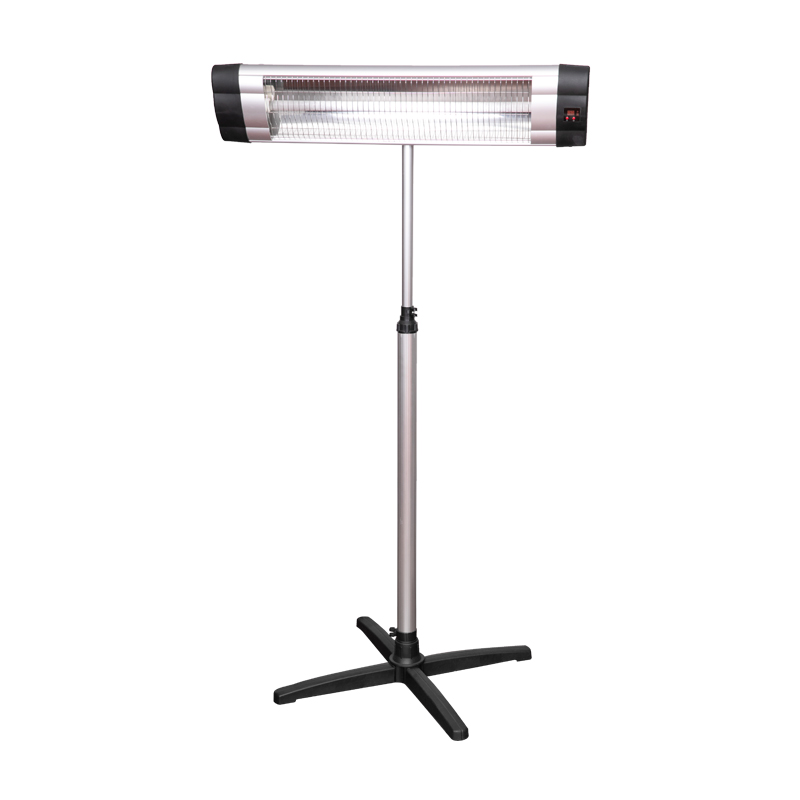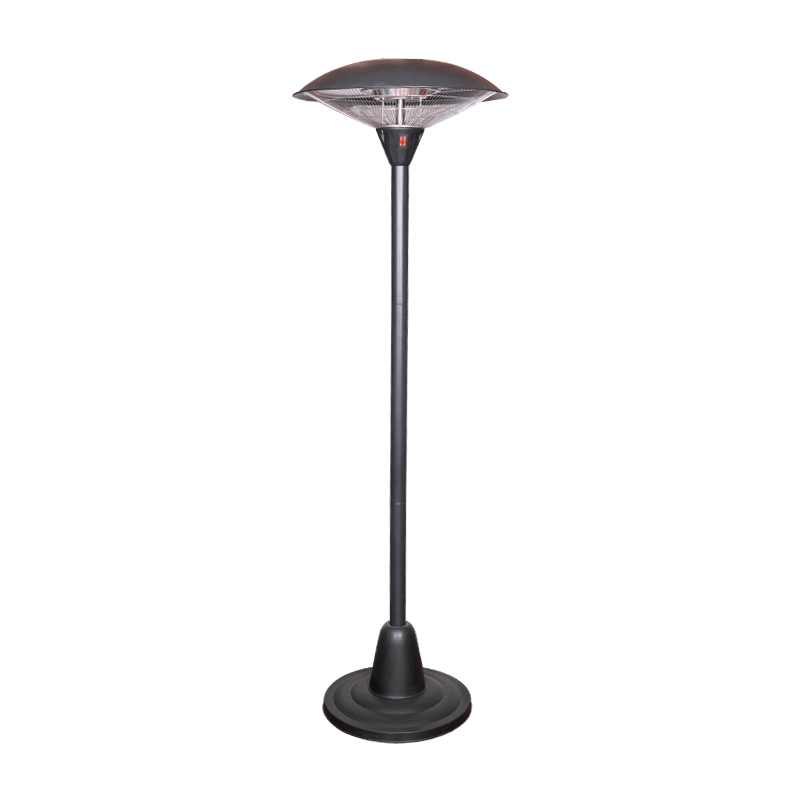Definition and factors affecting the life of patio heaters
The life of a patio heater usually refers to the length of time that the device can continue to perform its heating function under normal use and maintenance conditions. There are many factors that affect its life, including the design and manufacturing quality of the product itself, as well as the use environment, maintenance and frequency of use. The durability of the material, the stability of the electrical components and the rationality of the structural design jointly determine the life cycle of the device. The variability of the outdoor environment, such as rain, wind, temperature difference and ultraviolet radiation, will also have a certain impact on the life. In addition, improper use or lack of maintenance may accelerate the aging of the device and shorten the service life. Therefore, understanding and paying attention to these factors will help extend the life of the patio heater.
Contribution of materials and processes to durability
The durability of a patio heater depends first on the materials and manufacturing processes used. Usually, the device casing is made of stainless steel, aluminum alloy or specially treated metal materials, which have strong corrosion resistance and can resist the erosion of rain and moisture. The internal structure and heating elements are also made of high temperature and oxidation resistant materials, such as nickel-chromium alloy wire or ceramic heating elements, which help maintain long-term stable heating performance. In terms of manufacturing process, welding, sealing and surface treatment processes directly affect the sealing and structural stability of the equipment. Through advanced manufacturing processes, the heater can maintain good mechanical strength and electrical safety in harsh outdoor environments, thereby extending its service life.
Impact of the use environment on life
Patio heaters operate in outdoor environments, and changes in the environment have a significant impact on the life of the equipment. A humid environment can easily cause metal parts to rust and electrical components to short-circuit, while strong winds and dust may cause mechanical wear and dust accumulation, affecting the normal operation of the equipment. High temperatures and ultraviolet radiation accelerate the aging of plastics and sealing materials, resulting in a decrease in protective performance. Relatively mild climatic conditions help extend the life of the equipment, while extreme climatic conditions require the equipment to have higher weather resistance and protection measures. Users should choose the appropriate product model based on the specific environment and take corresponding protective measures to reduce the negative impact of the environment on the life of the equipment.

The importance of maintenance and care in extending life
Maintenance and care play an important role in ensuring the long-term and stable operation of patio heaters. Regularly cleaning dust, dirt and water on the surface of the equipment can help avoid corrosion and electrical failures. Checking and replacing worn or aged seals, waterproof gaskets and electrical connections can prevent leakage or water ingress. Inspection and cleaning of heating elements ensure that their heating efficiency is not affected. For equipment with windproof devices, it is necessary to regularly check their firmness and integrity to avoid structural damage caused by wind. Scientific maintenance measures can reduce sudden failures and delay equipment performance degradation, thereby effectively extending the service life.
Design safety and life relationship
The design safety of patio heaters is directly related to their service life. Reasonable structural design can reduce mechanical stress concentration and reduce the risk of damage. Equipment is usually equipped with safety devices such as overheating protection and anti-dumping switches. These designs not only ensure safety in use, but also prevent the equipment from being damaged prematurely due to abnormal working conditions. In addition, overload protection and anti-short circuit design of the electrical part help prevent damage to internal components. Consideration of heat dissipation of components in the design can prevent material aging or failure due to overheating. Comprehensive consideration of safety and durability is conducive to extending the overall life of the equipment.
Product quality control and life guarantee
Manufacturers use strict quality control processes to ensure that each production link of patio heaters meets standard requirements, thereby ensuring product consistency and stability. Quality control includes raw material inspection, key component testing, finished product performance testing and durability testing. The life and reliability of the equipment can be evaluated through aging tests simulating outdoor environments and repeated operation tests. A good quality control system makes the factory products have high stability and reduces the early failure rate. Users pay attention to brand and quality certification when purchasing, which is also an important guarantee for a longer service life.

Life performance of different types of patio heaters on the market
patio heaters on the market are divided into many types according to heating methods and design features, such as gas, electric heating and infrared heating. Gas-type equipment generally has a complex structure. If properly maintained, it has a long service life, but the maintenance requirements for gas pipelines and valves are high. The structure of electric heating equipment is relatively simple, and its service life depends on the durability of heating elements and electrical components. Infrared heaters use special heating materials, which can provide a relatively stable thermal effect under certain conditions, and their life is also greatly affected by the quality of materials. Different types of equipment have different focuses on life performance, and users should make reasonable choices based on usage needs and maintenance capabilities.
The impact of frequency of use on equipment life
The frequency of use of patio heaters directly affects their wear rate and life performance. Frequent switching and long-term operation will accelerate the aging of heating elements and fatigue of mechanical parts. Compared with equipment that is used occasionally, equipment that is continuously operated at high load is more likely to fail. Reasonable usage habits, such as avoiding long-term uninterrupted use, turning off the power in time, and following product operating specifications, can effectively reduce the burden on equipment and extend its life. In places where frequent use occurs, it is recommended to choose a more durable model and strengthen maintenance.
| Factor | Description | Typical Impact on Lifespan |
|---|---|---|
| Material Quality | Use of corrosion-resistant metals and heat-resistant parts | Extends resistance to environment |
| Environmental Conditions | Exposure to rain, wind, UV, and temperature fluctuations | Can accelerate aging if harsh |
| Maintenance Practices | Regular cleaning, inspection, and part replacement | Helps prevent premature failures |
| Safety Features | Overheat protection, tilt switches, electrical safeguards | Prevents damage from abnormal use |
| Usage Frequency | Frequency and duration of operation | Higher frequency may shorten life |

 English
English 中文简体
中文简体 Français
Français Español
Español Language
Language 










